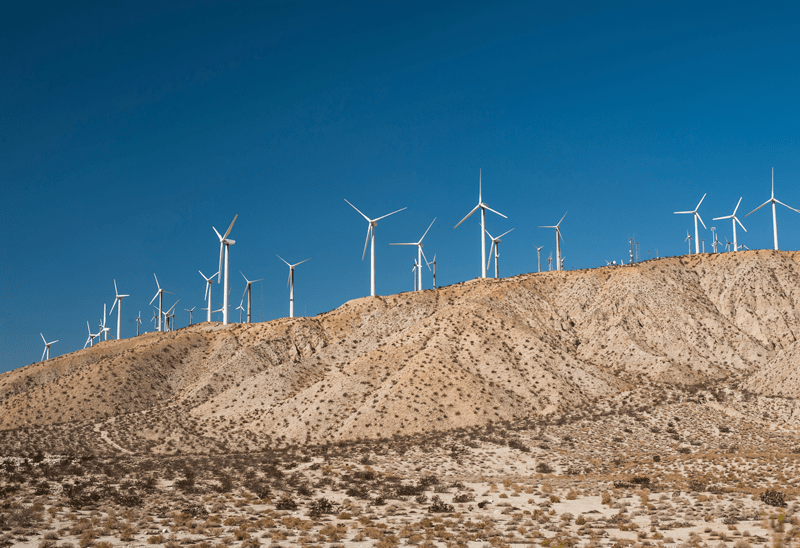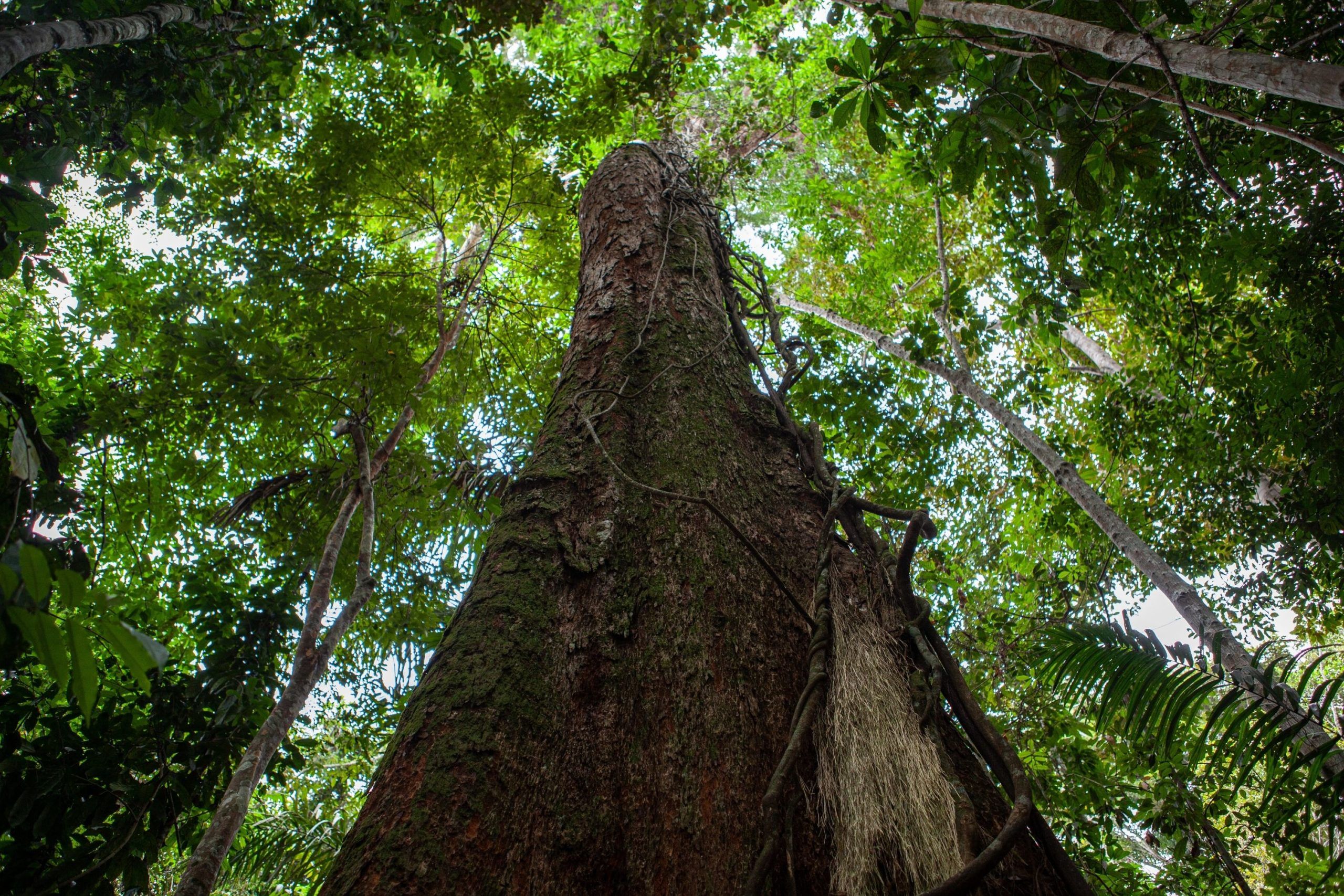This is the fourth entry of a ten-part blog series celebrating the Lab’s 10th anniversary. The series will share valuable insights and lessons learned over the past decade, exploring practical knowledge gained from accelerating climate finance solutions in emerging markets. See all entries here.
August 8, 2024

A key barrier to mobilizing climate finance at scale and speed to meet international climate goals is getting the private investors involved. Often, these actors can be deterred by risk, complexity, and limited familiarity with economic activities compatible with climate mitigation and adaptation.
Concessional finance, or below-market-rate finance, is fundamental to breaking down barriers and unlocking the potential of climate finance. It is used in blended finance mechanisms to fund structures like guarantees, first loss, and subordinated tranches, ensuring that investments’ risk-return profiles are better aligned with private sector expectations. This strategy attracts private investors who might otherwise choose more traditional sectors.
Given that limited concessional finance is available, this blog breaks down the Global Innovation Lab for Climate Finance’s (the Lab) approach to maximizing its impact and reducing proponents’ reliance on it over time. Various Lab instruments have proved that concessional funds can help solve the riskiest parts of financing structures in the early days, demonstrating funds’ viability and helping them to become self-sustaining over the longer term.
Blended finance drives Climate Investor One
To date, no other Lab instrument has been more successful at mobilizing capital than Climate Investor One (CI1), launched in 2015. Climate Fund Managers (CFM) created this blended finance solution to facilitate early-stage development, construction financing, and refinancing to fast-track renewable energy projects in developing countries. CI1 reached its final close at USD 950 million, while its sister instrument, Climate Investor Two (CI2),announced its third close at USD 875 million late last year.
Key to the success of CI1 and CI2 is their blended finance structures, which enable them to deliver impact and make the most of concessional capital. CI1 comprises three funds: a USD 50 million development fund, a USD 800 million construction equity fund, and a USD 800 million refinancing fund. The bulk of the concessional capital is invested via the development fund to address the riskiest stage of renewable energy projects and attract commercial investors. It can fund up to 50% of the project and provide technical assistance. The refinancing fund provides senior debt through post-construction refinancing.
While renewable energy is one of the more mature areas of climate finance, other less-developed sectors need more concessional finance to attract commercial investors. CI2, which has yet to reach its final close, targets the water, sanitation, and ocean sectors. CFM aims for a development fund of USD 90 million, a USD 1 billion construction equity fund, and a USD 1 billion refinancing fund.
Leveraging concessional capital from the private sector
The Responsible Commodities Facility (RCF), a 2018 Lab instrument, provides additional insight into how concessional capital from the private sector can drive environmental impact. The Lab worked with proponent BVRio to develop RCF, which provides financial incentives to produce soy on cleared and degraded lands in Brazil’s Cerrado, thereby preserving existing forests.
BVRio used concessional capital—lending to farms at a more attractive rate—to pilot its model. Funded by UK supermarkets, the USD 11 million pilot was highly successful, drawing interest from farmers who were able to meet their loans’ environmental requirements.
The second iteration of RCF switched to commercial rates registered in Euros, but the loans were still more attractive than those provided by local markets. Leveraging concessional capital enabled RCF to achieve commercial success. Last year, its Cerrado Programme fund expanded more than four-fold to USD 47 million.
The program already has a sizable environmental impact. In the 2023/24 season, it financed 122 farms to produce more than 260,000 tonnes of soy, resulting in the conservation of over 43,000 hectares of native vegetation and the protection of 20 million tonnes of CO2 carbon stocks.
Going the extra mile
Sourcing concessional capital, often patient and impact-driven, takes time and presents unique challenges. Largely provided by governments, development finance institutions, and multilateral climate funds, these investments require navigating a complex process that can be a pain point. Nevertheless, concessional capital can also come from different sources within the private sector, including philanthropies, impact-first investment managers, and even private companies.
The Brazilian cosmetics multinational company Natura of one of the proponents behind the Amazonia Sustainable Supply Chains Mechanism, a 2021 Lab solution. This initiative leverages off-taker agreements to catalyze the bioeconomy and keep forests standing. Natura has been highly effective in positively influencing actors in its supply chain. The instrument helps Natura fund its suppliers and generate the conditions for them to follow sustainable practices.
This makes good business sense for the company because it reduces the risk of damage to its brand through unsustainable practices in its supply chain. It is also positive to keep the same suppliers rather than changing business focus, and it is strategic for corporations to be involved in financing the SMEs and cooperatives that are part of their supply chain.
As in RCF’s case, private companies can play a key role in contributing capital for impact investing. They can also work within their own supply chains to ensure that their partners are engaging in socially and environmentally responsible practices.
Phasing out concessional capital
A key aspect of blending is the ability to phase out capital at a certain stage. Planning this transition to commerciality is crucial for most instruments in the Lab’s portfolio. While a pilot may require more concessional capital, scaled-up versions should no longer need it once their investment theses are proven.
However, reducing or eliminating the share of concessional capital in a blended finance vehicle can be difficult in sectors and geographies deemed particularly risky by commercial investors. In certain cases, ongoing concessional support may be necessary to help mitigate systemic risks that are not likely to disappear within one investment cycle.
For example, a small-scale forestry project in an emerging market with substantial political and currency risks may rely on concessional capital more heavily and for longer than a massive renewable energy project. If used wisely, concessional capital can be a critical tool for driving private-sector investment and opening new doors to commercial investors.
The Lab program helps proponents structure their finance instruments to get the most out of concessional investments and create financially sustainable climate solutions. Designing and implementing blending finance mechanisms frequently involve intricate institutional arrangements and alignment among public and private investors with different priorities.
Check out the entire Lab 10th Anniversary blog series
1. Five strategies to break down barriers to private climate investment
2. How a well-designed theory of change guides clearer social and environmental modeling
3. Building a compelling investment case for climate finance instruments
4. Making the most of concessional capital: The Lab’s blended finance approach
5. Enhancing the appeal of small-ticket investments with Sustainable Energy Bonds in India
6. Why Climate Adaptation Notes didn’t take off – and the lessons I learned
7. How Brazil’s Green FIDC became the Lab’s champion for private investment mobilization
8. Adaptation finance: Six key steps for structuring instruments that deliver results
9. Beyond box-ticking: Why gender-responsive climate finance is effective climate finance
9. Seven innovative approaches for financing adaptation (10 September)
10. Emerging trends, opportunities, and challenges in climate finance (17 September)
BONUS: A decade of the Lab: Finding a balance between climate finance and actionability (25 September)



